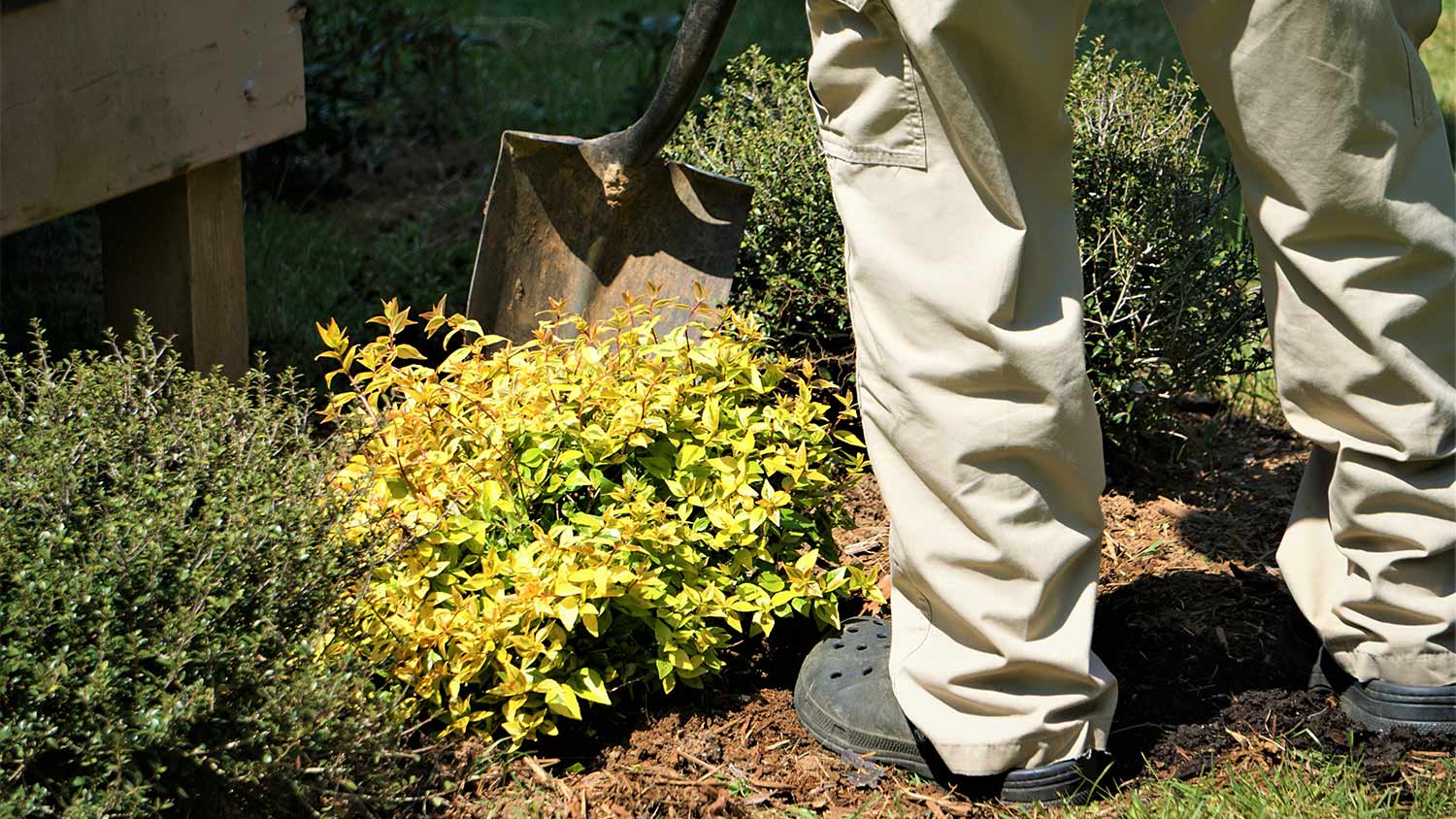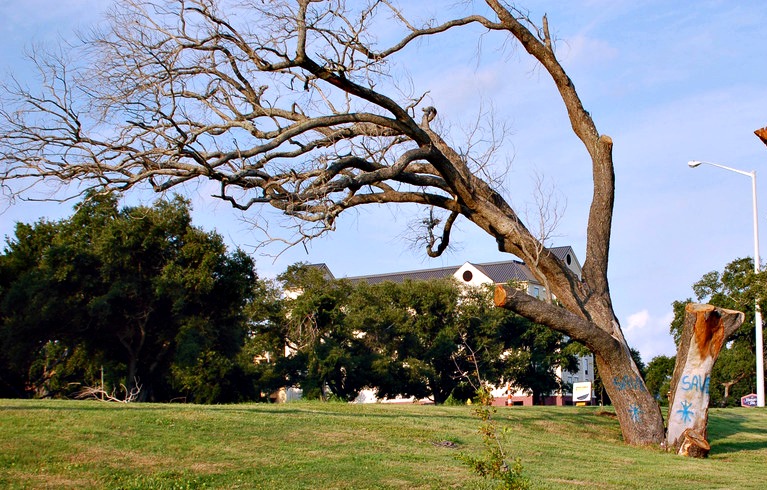
Learn how to budget for tree stump removal, exploring how factors such as the stump size, root system, and removal method affect your final bill.
Hire an arborist or a tree maintenance pro to diagnose and treat sick trees


Sick trees show warning signs like premature leaf drop, discoloration, blistering, or peeling bark; act quickly to protect your yard.
Call an arborist or tree maintenance pro to diagnose the issue and administer treatment
Expect a tree inspection to average $450, with a range of $100 to $600 depending on scope and access.
Costs vary by inspection type, number of trees, and accessibility; early action can avoid removals.
Pros bring expertise, tools, and treatments to stop spread and, when necessary, remove diseased trees safely.
This article was created using automation technology and thoroughly fact-checked and edited by HomeAdvisor Editor Ryan Noonan.
If you are asking who to call for a sick tree, start with an arborist or a local tree maintenance pro. These specialists diagnose diseases, fungi, bacteria, and pests, then treat your tree or recommend next steps. Certified arborists provide full tree care, while consulting arborists focus on diagnosis and recommendations.
DIY may work if you know the issue and products, but delays after unsuccessful attempts weaken trees and can lead to removal.
Tree maintenance pros study and work with all types of trees and handle a wide range of issues. They recognize local diseases, bacteria, and fungus types and know effective treatments. They also have professional-grade products and the skills and tools to implement solutions immediately. If a pathogen is deadly or highly contagious, they advise on containment or safe removal.
Diagnose the exact cause quickly to stop spread
Recommend and apply targeted fungicides or insecticides
Prune infected branches safely and properly
Address soil deficiencies with fertilizers
Introduce beneficial biological organisms when appropriate
Advise on safe tree removal to prevent spread
Guide watering to avoid issues like root rot
Correct crooked growth with proper straightening techniques
Bring tools, training, and experience to act immediately
Provide localized expertise for regional tree problems
Arborists specialize in trees and understand diseases and structural issues. They evaluate, diagnose, and recommend treatment plans tailored to the problem. Certified arborists are licensed and equipped for pruning, planting, fertilizing, treatment, and removal. Consulting arborists diagnose and recommend but do not perform treatments; they can refer you to services. Landscapers know plants but do not specialize in trees, so arborists are the better choice for diagnosis.
Pros include tree-specific expertise, accurate diagnosis, and tailored plans. Some arborists may not have the team or tools for removals, and availability can vary. Choose an arborist for complex diseases, unclear symptoms, or when you need a formal diagnosis or report; consulting arborists diagnose and refer you for treatments.
If you’re facing a challenging tree disease or aren’t sure what’s wrong, you might want to consider a tree maintenance pro near you to ensure the job is done safely and correctly.
Pros start with a full evaluation to identify the cause and assess overall tree health. From there, they select treatments that address disease, pests, or soil issues and act quickly to contain spread. Early intervention improves outcomes and can prevent costly removals, especially when symptoms include premature leaf drop, discoloration, blistering, peeling or holed bark, crooked growth, or root rot concerns.
Evaluate symptoms and overall tree health
Determine cause and treatment plan
Prune infected branches to contain spread
Treat soil with fungicide as needed
Spray insecticides to control pests
Introduce beneficial biological organisms
Address soil deficiencies with fertilizers
Remove the diseased tree if necessary to protect other trees
Address problems promptly. Pruning helps if infection is localized; if disease reaches the trunk, most branches, or roots, removal is likely. Delaying treatment risks spread to other trees
Schedule a tree inspection when you need professional diagnosis. The average cost is $450, with a typical range of $100 to $600. Costs vary by inspection type—basic check-up versus a full arborist report—along with the number of trees and how easy they are to access. Early scheduling helps diagnose and start treatment sooner, which can prevent broader damage and higher downstream costs.
A proper diagnosis guides effective treatment or, if necessary, safe removal. Acting quickly can protect nearby trees and preserve the health of your landscape.
From average costs to expert advice, get all the answers you need to get your job done.

Learn how to budget for tree stump removal, exploring how factors such as the stump size, root system, and removal method affect your final bill.

Budget for tree trimming costs based on factors such as tree type, height, number of trees, labor, accessibility, cleanup, additional services, and more.

Discover how much trees cost to plant, exploring how factors like size, quantity, materials, and labor affect the total cost.

Who to call for a cat stuck in a tree? Call an arborist, not 911. Learn why an arborist beats animal control and how rescues work

Discover who to call to remove bushes, the benefits of hiring a professional, and key steps for a smooth, efficient project.

Learn who to call for dead tree removal. Compare tree removal specialists vs. arborists and see how pros safely clear dead trees.